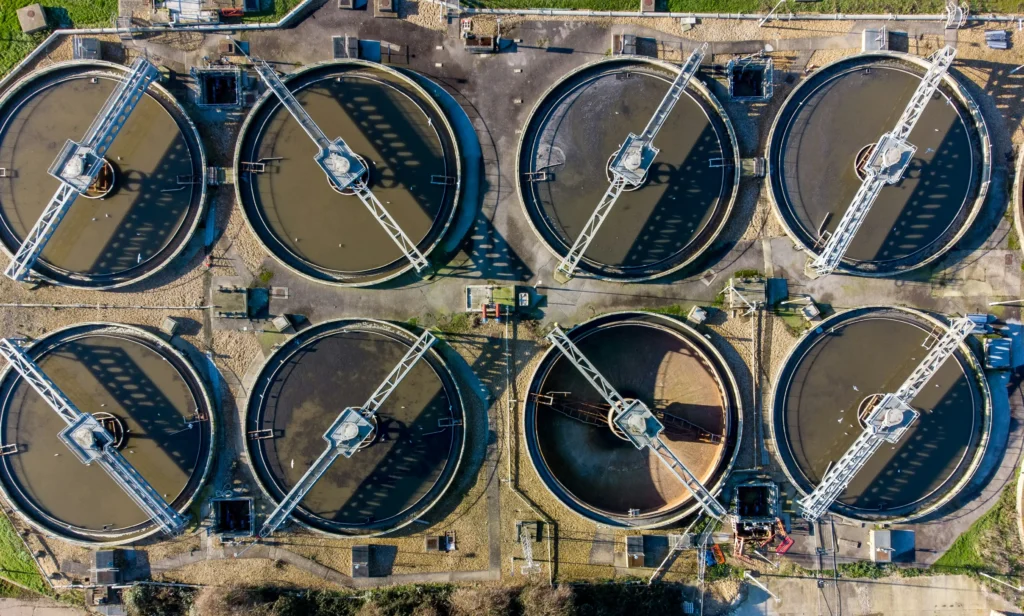Membrane Aerated Biofilm Reactor (MABR)
- Home
- Membrane Aerated Biofilm Reactor (MABR)
Type Of Services
- Bio Gas
- Demineralization Plant
- Commercial RO Plant
- Industrial RO Plant
- RO Desalination Solutions
- Effluent Treatment Plant (ETP)
- Membrane Bio Reactor (MBR)
- Membrane Aerated Biofilm Reactor (MABR)
- Moving Bed Bio Reactor (MBBR)
- Organic waste composter (OWC)
- Commercial RO Plant
- Sequence Batch Reactor (SBR)
- Sewage Treatment Plant (STP)
- Softener Plant
- Ultra Filtration
- Zero Liquid Discharge Treatment (ZLD)
- Solar Plant
Membrane Aerated Biofilm Reactor (MABR)
MABR Technology: The Future of Water Treatment
Membrane Aerated Biofilm Reactor (MABR) is an innovative wastewater treatment technology that enhances the efficiency of biological treatment while reducing energy consumption. Unlike conventional aeration methods, MABR utilizes a passive oxygen transfer process through membranes, promoting sustainable and cost-effective wastewater treatment.

How MABR Works
MABR technology functions through a biofilm that forms on the surface of gas-permeable membranes. These membranes provide direct oxygen diffusion, allowing simultaneous nitrification and denitrification processes within the same reactor. The working process includes:
- Oxygen Diffusion – Air passes through membranes, eliminating the need for mechanical aeration.
- Biofilm Development – Microorganisms grow on the membrane surface, breaking down pollutants.
- Simultaneous Nitrification-Denitrification – The outer biofilm layer oxidizes ammonia, while the inner layer removes nitrogen, reducing wastewater contaminants efficiently.
Advantages:
- Energy-Efficient – Reduces energy consumption by up to 90% compared to conventional aeration systems.
- Cost-Effective – Low operational and maintenance costs due to reduced aeration requirements.
- Compact & Scalable – Requires less space, making it suitable for decentralized wastewater treatment.
- Improved Effluent Quality – Enhances biological nutrient removal, ensuring high-quality treated water.
- Eco-Friendly – Low carbon footprint, making it a sustainable wastewater treatment solution.
Applications
Industries We Serve

Municipal Wastewater Treatment

Industrial Wastewater Treatment

Decentralized Water Treatment


